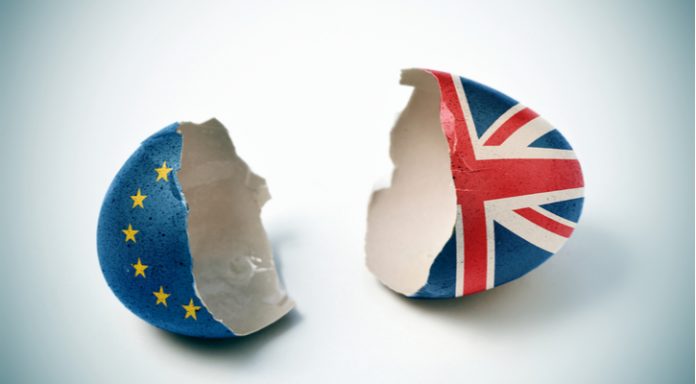The pound US dollar exchange rate rallied over 1% on Friday, hitting a high of US$1.3215. However, the late rally in sterling was insufficient to help the pound into positive territory across the week. The pound traded 0.46% lower versus the dollar across the week.
| What do these figures mean? |
|---|
|
When measuring the value of a pair of currencies, one set equals 1 unit and the other shows the current equivalent. As the market moves, the amount will vary from minute to minute. For example, it could be written: 1 GBP = 1.28934 USD Here, £1 is equivalent to approximately $1.29. This specifically measures the pound’s worth against the dollar. If the US dollar amount increases in this pairing, it’s positive for the pound. Or, if you were looking at it the other way around: 1 USD = 0.77786 GBP In this example, $1 is equivalent to approximately £0.78. This measures the US dollar’s worth versus the British pound. If the sterling number gets larger, it’s good news for the dollar. |
The pound was dragged lower last week by Brexit concerns. As the EU Summit met, the Irish Prime Minister highlighted the lack of progress on key issues. With many uncertainties remaining, the UK appears to be on course for a no deal Brexit. This could be the worst case scenario for UK businesses and therefore the UK economy and the pound.
| Why is a “soft” Brexit better for sterling than a “hard” Brexit? |
|---|
| A soft Brexit implies anything less than UK’s complete withdrawal from the EU. For example, it could mean the UK retains some form of membership to the European Union single market in exchange for some free movement of people, i.e. immigration. This is considered more positive than a “hard” Brexit, which is a full severance from the EU. The reason “soft” is considered more pound-friendly is because the economic impact would be lower. If there is less negative impact on the economy, foreign investors will continue to invest in the UK. As investment requires local currency, this increased demand for the pound then boosts its value. |
The Irish border issue remains unresolved. So far any solution proposed by UK Prime Minister Theresa May, which could be viable for the EU,, is not acceptable to the Irish DUP party, whose support Theresa May needs to run her government.
In addition to Brexit woes, investors also digested a more cautious sounding news Bank of England policy maker Jonathan Haskel , who will replace known hawk Ian McCafferty. This lowers the possibility of a rate rise in August, which weighed on demand for the pound.
| Why do raised interest rates boost a currency’s value? |
|---|
| Interest rates are key to understanding exchange rate movements. Those who have large sums of money to invest want the highest return on their investments. Higher interest rate environments tend to offer higher yields. So, if the interest rate or at least the interest rate expectation of a country is relatively higher compared to another, then it attracts more foreign capital investment. Large corporations and investors need local currency to invest. More local currency used then boosts the demand of that currency, pushing the value higher. |
In the absence of fresh Brexit headlines, market participants will look towards purchasing managers index survey (pmi). Manufacturing pmi will be released today, any signs that the sector is buckling under Brexit uncertainties could bring the pound lower.
Trade & Currency War Fears In Focus
Trade War fears have been driving the US dollar across the past week. As friction ramps up between the US and China and the US and the EU the dollar first rallied, then dropped. Analysts are expecting this new week to be a busy one for the dollar. Firstly, trade war fears will be back in focus after the EU threatens retaliation in the region of €300 tariffs on US imports, should Trump follow through with his threats on tariffs on EU cars and companies in Iran. Leaders in Brussels also warned of a growing likelihood of a trade war should Trump continue.
From China, the news over the weekend was also concerning. The Chinese renminbi suffered its worst month ever, sparking fears that China could be starting a currency war in response to the US trade war. This could be very dangerous ground for both currencies.
This publication is provided for general information purposes only and is not intended to cover every aspect of the topics with which it deals. It is not intended to amount to advice on which you should rely. You must obtain professional or specialist advice before taking, or refraining from, any action on the basis of the content in this publication. The information in this publication does not constitute legal, tax or other professional advice from TransferWise Inc., Currency Live or its affiliates. Prior results do not guarantee a similar outcome. We make no representations, warranties or guarantees, whether express or implied, that the content in the publication is accurate, complete or up to date. Consult our risk warning page for more details.
This article was initially published on TransferWise.com from the same author. The content at Currency Live is the sole opinion of the authors and in no way reflects the views of TransferWise Inc.





